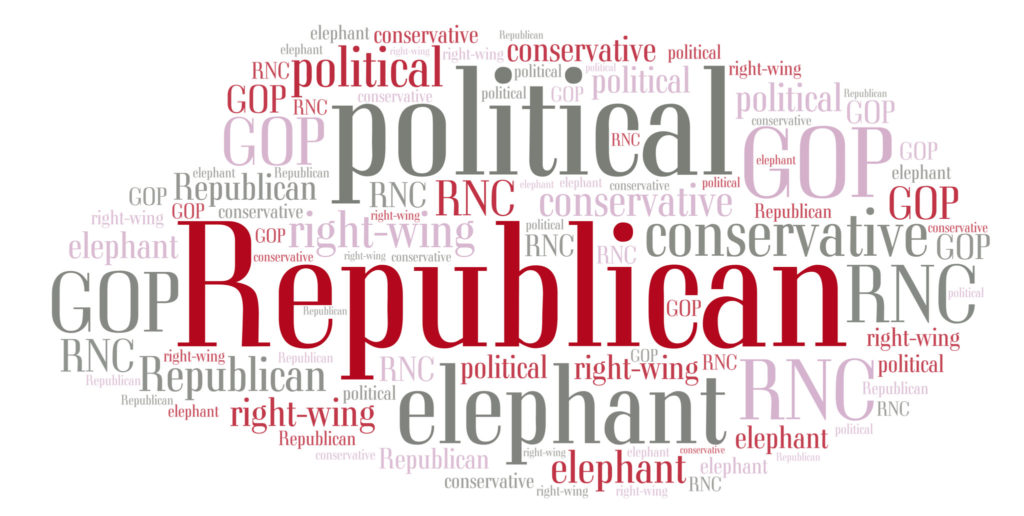Although the ideological identification of the United States may seem to be objectively liberal when peering through the media’s national looking glass, overall, liberals out number conservatives in just six states. A new poll released by Gallup shows the political ideological spread, also known as the conservative-liberal gap, has narrowed a large amount over most of the 21st century.
According to the poll, states in which the conservative-liberal gap is 20 points or greater are considered “highly conservative.” The “more conservative than average” states have gaps of between 15 and 19 points. Residents of “about average” states prefer the conservative description by seven to 14 points, and those with gaps of zero to six points are considered “less conservative than average.”
The conservative-liberal gap has narrowed from 21 points in 2004, to a conservative advantage of nine percentage points in 2018. Moreover, the number of states in which more residents identify as liberal than as conservative is down by 30 percent, on average.
Geographically speaking, the most liberal-leaning portions of the U.S. are found in the Northeast and along the West Coast. Consequently, the most conservative-leaning areas are found throughout the Southeast, the Southwest, the Midwest, and in the northernmost western states.
Mississippi ranked as the most conservative state in 2018, with 50 percent of residents identifying as conservative, and just 12 percent as liberal, representing a gap of 38 points.
Massachusetts ranked as the most liberal state, with 35 percent of its residents identifying as liberal, and 21 percent as conservative.
In the Commonwealth of Virginia, 33 percent of the poll’s 2,022 respondents identified themselves as politically conservative, with 24 percent claiming the liberal ideology. Furthermore, 37 percent of Virginians consider themselves political moderates.
The metrics mean the Commonwealth has a conservative advantage of nine percentage points, giving the Virginia an “average” political ideological description overall.
Americans identifying as conservative remained consistently between 36 and 40 percent between 1993 and 2016, dipping to 35 percent in 2017, and holding level in 2018.
Within the Republican Party itself, the percentage of GOP voters calling themselves conservative has increased by 15 points since 1994. Gallup shows that, after averaging 61 percent from 1994 to 2002, the percentage of Republicans identifying as conservative jumped to 66 percent in 2003, remaining level through 2007.
Amid the 2008 presidential election between Republican candidate John McCain and Democratic candidate Barack Obama, the percentage of conservative Republicans rose to 70 percent, ranging between 68 and 73 percent until 2012.
In 2018, 73 percent of Republican self-identified as conservative, matching the highest previously recorded figure that was measured in 2012.

